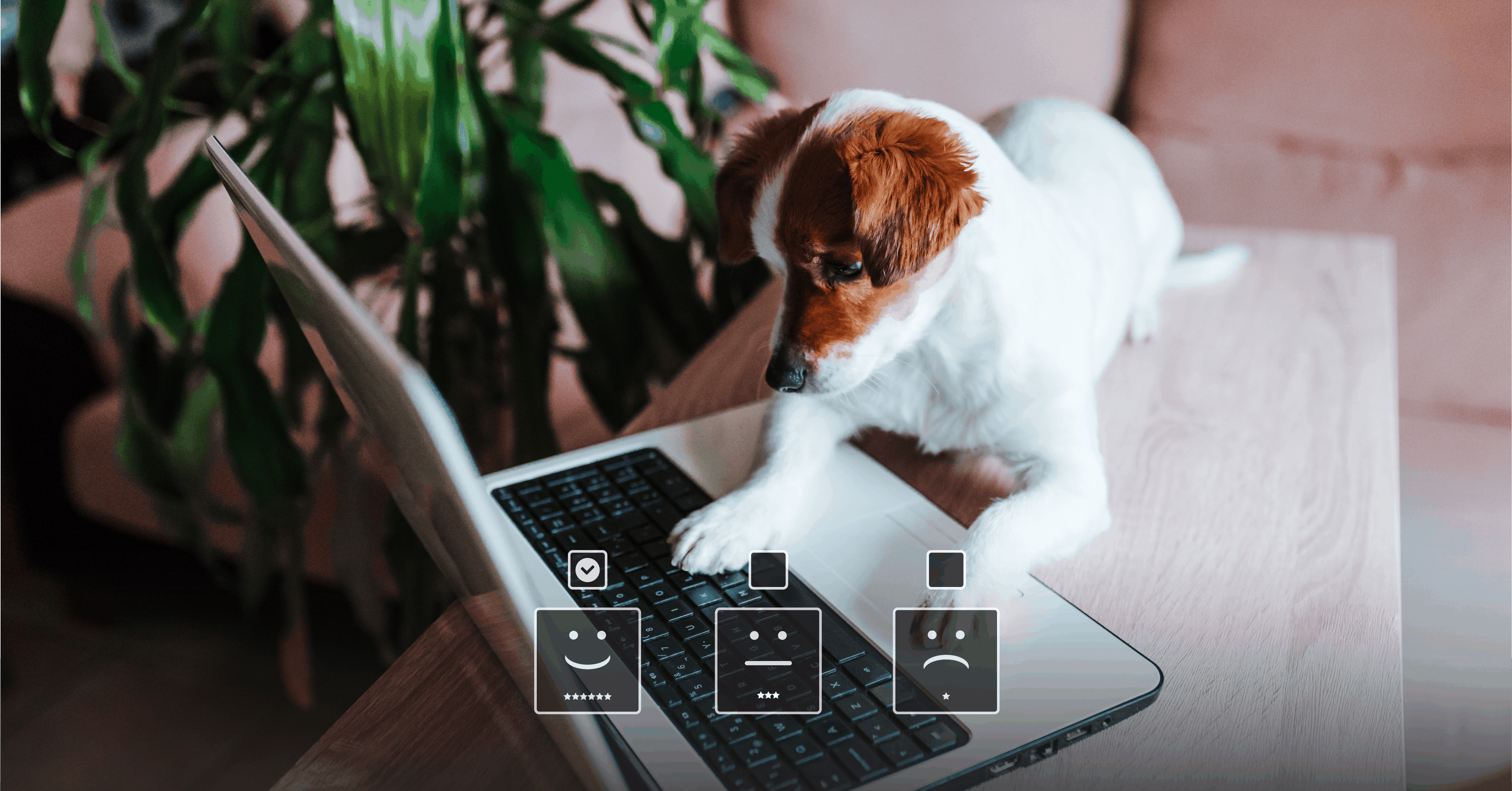First impressions last – and your website is more than likely to be your future customers and stakeholders’ first impression of your brand. While we’ve always understood the importance of having a strong online presence, the past year has taken away most offline opportunities to connect with our community. These past few months, we focused on revamping our brand’s digital presence to give our visitors an exceptional experience.
My responsibilities at Enradius focus on multi-channel creative and marketing production – and our website is a fundamental part of that role. I rebuilt the website from start to finish, collaborating with members from every department of the Enradius crew. I wanted to share with you the best practices I followed for building an effective website UX in 2021, as well as some tips I learned along the way.
Here they are, categorized under 5 Rules:
1. Build a Strong Brand Identity
Your brand story, purpose, and vision should be your primary guide for structuring the design and function of your UX strategy. If you clearly map out your brand identity, it will eliminate any uncertainties about what messaging, images, and resources belong on your website.
For example – before we approached building a new website, our team had to revisit the basics and examine what truly defines Enradius. For us, this involved a combination of functional and stylistic changes. We worked to recognize our values and mission more prominently into our brand messaging in addition to creating more rules around our color palette, logo use, imagery, graphics, and approved fonts.
Building and implementing our sitemap hierarchy became more clear after we established these guidelines. Each iteration from this process will go a long way in building a solid digital presence for your brand.
2. Consider Speed
Video backgrounds, parallax animation, and chatbots are star web design trends in 2021. But it’s crucial to address whether it’s worth risking your website’s loading time for these features – because users are likely to leave a web page that won’t load in at least 2 seconds. Conversion rates can improve by 74% by staying under the 2 second fold as well.
We highly recommend taking advantage of the power of video in your digital presence. However, it’s important to evaluate where to place your videos based on your brand objectives. For certain consumer goods and apps, demonstration videos can absolutely drive conversions on your website. However, if your offerings are less tangible – for example, consulting services – it’s best to showcase your company’s videos on your social media pages where users are more likely to stay in-app and engage with your content.
Similar to video, chatbots can slow down your page’s load time and reduce your website’s overall speed – especially if the bot script isn’t carefully developed. Users are more inclined to engage with a chatbot if they have simpler, direct inquiries. Thus, a well-written FAQ page often yields a more satisfying user experience than dealing with a chat bot . If you already have a chatbot or want to provide the AI feature for your users, Google’s PageSpeed Insights can help you gauge it’s impact on your site’s speed (on both desktop and mobile).
3. Design and Function should work in harmony
There are two main components to UX: Function and Design. But you should not approach them separately. As you implement your sitemap into a design, your main priority is to keep the user engaged long enough to convert them. You’ll want to use negative space strategically, guiding the user’s eye to the call to action on each page, encouraging them to explore with interactive formatting and light motion.
Stephen Krug has said, “as a user, I shouldn’t have to think for a millisecond about whether something is clickable or not.” This is another reason to evaluate the clarity and accessibility of content you want your users to explore. Highlight passages along the customer journey with movement, opacity, and/or brightness.
4. Optimize for mobile
We live in a mobile-first world. Nearly 85% of U.S. internet users execute web searches monthly and 88% will not return to a site after a poor mobile experience. You can avoid wasting millions of opportunities to make a good impression on your audience’s smartphones by prioritizing mobile optimization in the development stage.
Using a mobile-first design means reviewing how each piece of content will display on a smartphone from the beginning. It’s easy to make navigation easier for mobile users by pinpointing what elements your user needs to see in the moment and what can be hidden. You’ll want to focus on presenting information as concisely as possible – and once again, speed.
5. Observe, test, edit, repeat.
Set quarterly reminders to review your website’s performance with your team. It’s immensely helpful to get more fresh eyes on your website to identify pain points in your user experience. In addition to your data analytics software, platforms like WordPress also have heatmap plugins which make it easy to identify what users are interacting with the most on your site.
In addition to editing according to user feedback, remember to experiment. Test everything from button colors and placements to key messaging. Keep track of how these iterations impact your user’s behavior until your next review.
Summary
Of all channels, your website is your brand’s digital Headquarters. Make it a beautiful place to be – and you will only strengthen and increase your connections.
Above all, design, function, and speed need to work in tandem across all your audience’s favorite devices.
Consistency and recognition are key in branding but so is innovation. Feel free to test out bold web design trends of 2021, but keep in mind that execution can make or break your ROI.
Observe. Test. Edit. Repeat.



